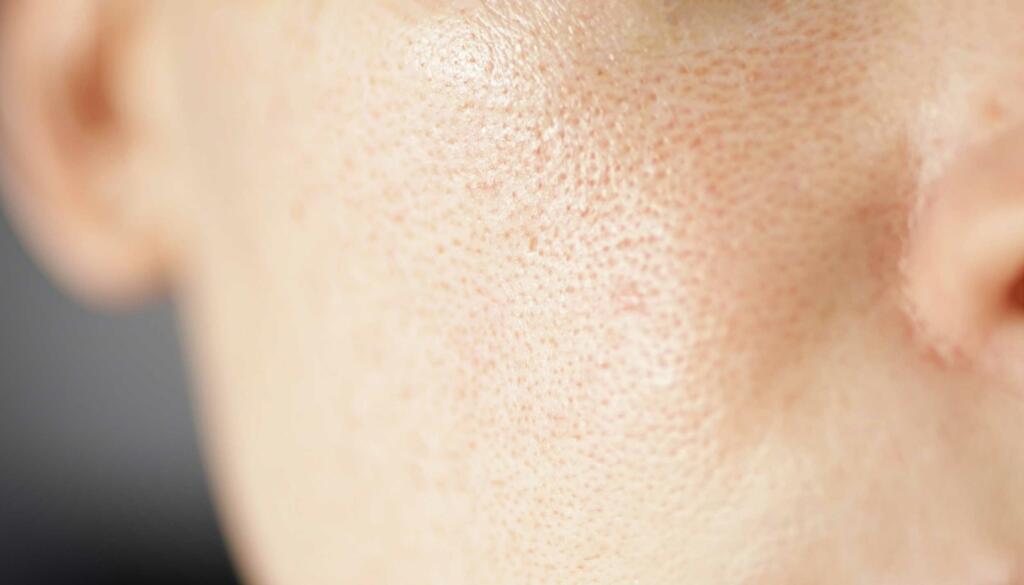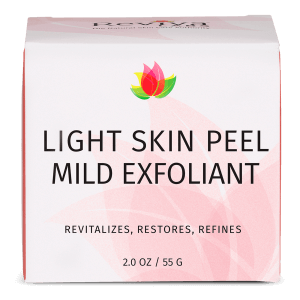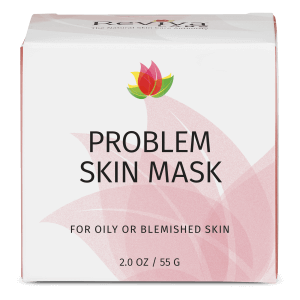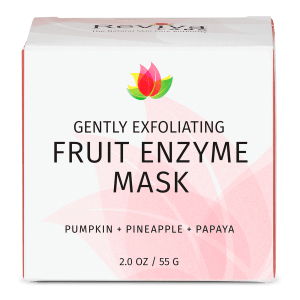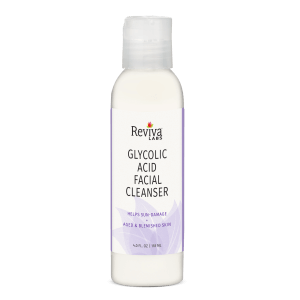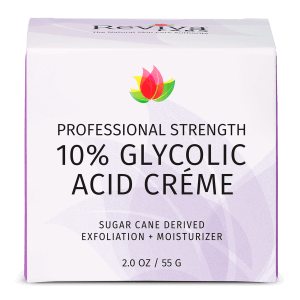Ingredients, Natural, Reviva Labs, Skin Care
Help! My Pores Are Too Big! Understanding Pore Size
Pore size varies greatly from person to person, and it often becomes a focal point in skincare. Some individuals struggle with large, visible pores, while others seem to have skin so smooth that their pores are nearly invisible. This difference can be attributed to a combination of genetics, skin type, age, and even environmental factors. While pores are essential for allowing sweat and oil to reach the skin’s surface, larger pores can sometimes cause frustration, especially when they make our complexion look uneven or worse, when they become clogged, and a pimple forms.
The reality is that pore size is largely determined by genetics. If your parents have larger pores, chances are, you will too. Skin type also plays a role—those with oily skin tend to have more noticeable pores because the excess oil produced by their skin makes them more visible. On the other hand, people with dry or normal skin may have smaller, less noticeable pores. Age can also impact pore size; as skin loses elasticity over time, pores can stretch and appear larger.
What Causes Larger Pores?
Several factors contribute to why pores may appear larger. Excess oil production, which often leads to clogged pores, can make them more noticeable. When oil, dirt, and dead skin cells accumulate in the pores, they become clogged and stretch, causing them to appear larger than they actually are. Hormonal changes, especially during puberty, pregnancy, or periods of hormonal imbalance, can cause the skin to produce more oil, further exacerbating this issue.
Environmental factors like sun damage can also play a role in making pores look bigger. Over time, UV exposure breaks down collagen and elastin in the skin, weakening its structure. When the skin loses elasticity, pores have less support and start to sag, making them look larger. Pollution and other impurities can also clog pores, contributing to the same effect.
Can Pore Size Be Reduced?
Unfortunately, you cannot shrink pores permanently, but there are ways to minimize their appearance and keep them from becoming overly enlarged. While the structure of your pores is fixed, there are several effective methods to keep them looking smaller. The key is keeping them clean and clear of debris that causes them to stretch them out.
Using a gentle cleanser daily is a great start, especially if it contains salicylic acid, which penetrates into the skin to clear out oil and impurities or an alpha hydroxy acid like glycolic acid, which works on the surface of the skin to remove dead cells. These ingredients help remove excess oil and dead skin cells, which are often the culprits behind clogged pores. Regular exfoliation is another step to keep your pores clear. Be careful not to over-exfoliate, as this can irritate the skin and lead to even larger pores over time.
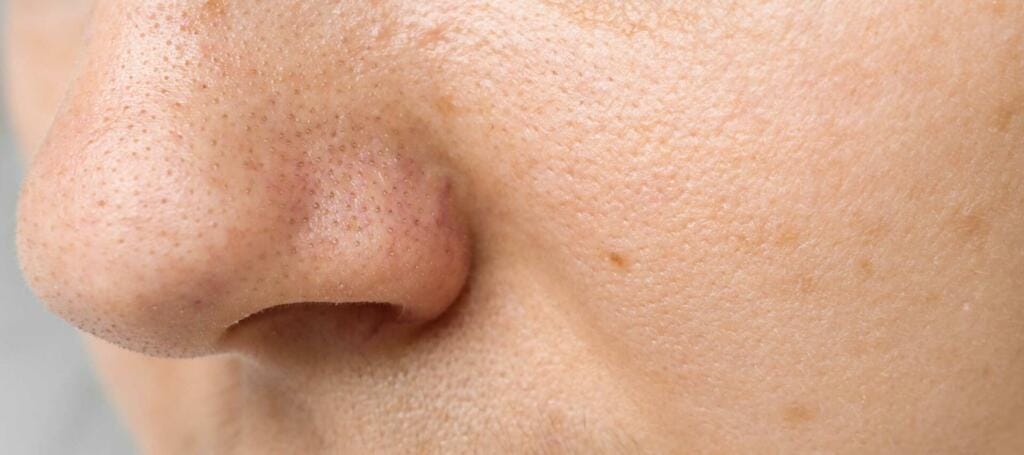
Products That Can Help
Beyond cleansing and exfoliating, incorporating retinoids into your routine can work wonders for pore size. Retinoids promote cell turnover and boost collagen production, which helps the skin maintain its structure and reduces the appearance of enlarged pores. Retinoids can also help prevent blackheads and whiteheads from forming, which can stretch out pores over time. Retinoids also help rebuild collagen, which tightens the skin around the pores, making them less visible. Niacinamide, or vitamin B3, is also an excellent ingredient for minimizing the look of pores as well. It works by regulating oil production and improving skin elasticity, making pores appear smaller and tighter.
Another option is using clay masks, which help absorb excess oil from the skin. Clay masks can temporarily shrink the appearance of pores by pulling out impurities and reducing shine, giving your skin a smoother texture.
The Role of Hydration
Hydration plays a crucial role in the appearance of your pores. While it may seem counterintuitive, especially for those with oily skin, keeping your skin hydrated helps maintain its elasticity and prevents pores from appearing larger. Dehydrated skin can shrink and become tight, which accentuates pores. Moisturizing your skin with non-comedogenic products ensures your skin stays balanced without clogging pores.
For those with oily skin, opting for lightweight, oil-free moisturizers can help maintain hydration without adding excess shine. On the other hand, those with dry skin can benefit from richer creams that help replenish lost moisture and prevent pore enlargement due to skin tightness.
Professional Treatments
If you’re looking for more intensive ways to reduce the appearance of pores, professional treatments can be an option. Chemical peels, microdermabrasion, and laser therapy are commonly recommended by dermatologists to improve skin texture and refine pores. Chemical peels remove the top layer of dead skin cells, which can improve pore clarity and reduce their visibility.
Laser treatments can help stimulate collagen production, tightening the skin and supporting the structure around the pores. Microdermabrasion, a form of physical exfoliation, can also help refine the skin’s texture by removing dead cells and unclogging pores. These treatments are not permanent solutions, but they can offer longer-lasting results than topical skincare products.
Consistency Is Key
Maintaining a skincare routine that includes pore-refining products and treatments can go a long way in keeping your pores under control. While you can’t permanently shrink your pores, minimizing their appearance is achievable with the right approach. Keeping your skin clean, exfoliated, and hydrated, as well as incorporating ingredients like retinoids and niacinamide, will help keep your pores from stretching or becoming clogged. When necessary, professional treatments can offer more dramatic results, but a solid skincare routine is the foundation for healthier-looking pores.



